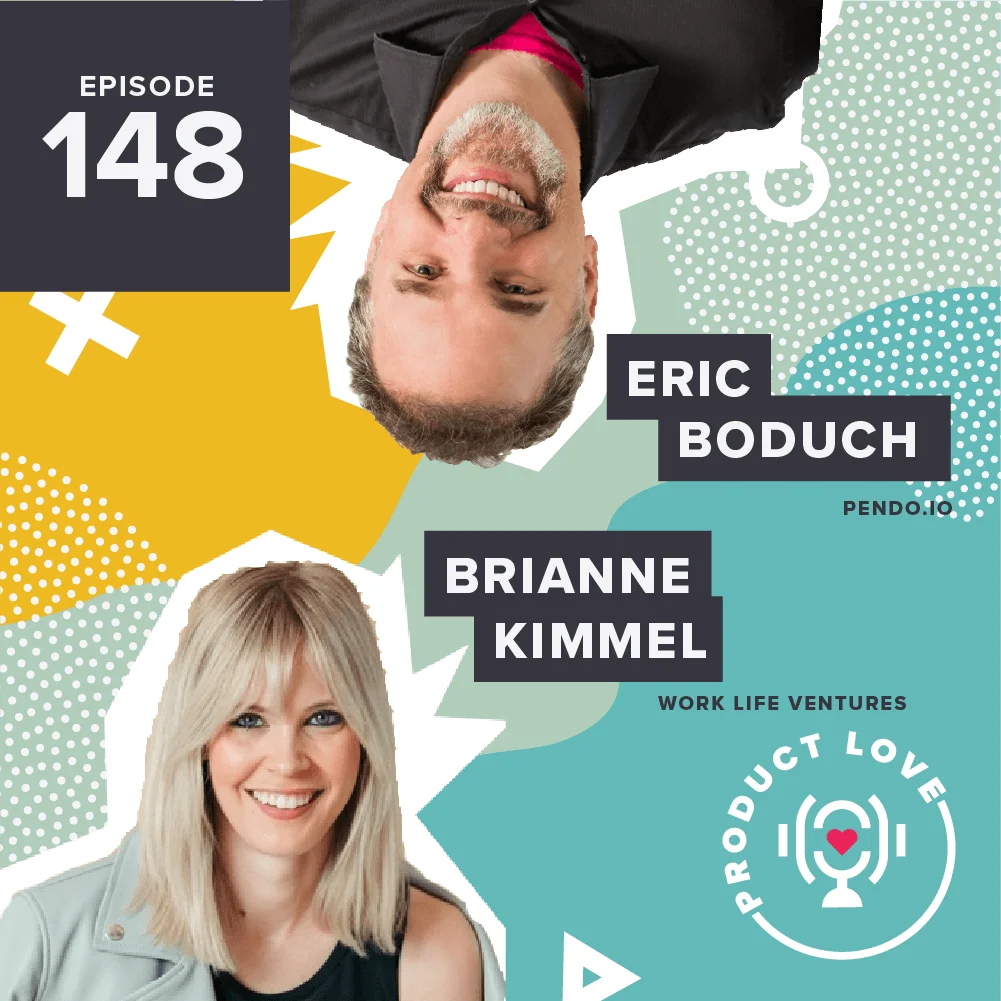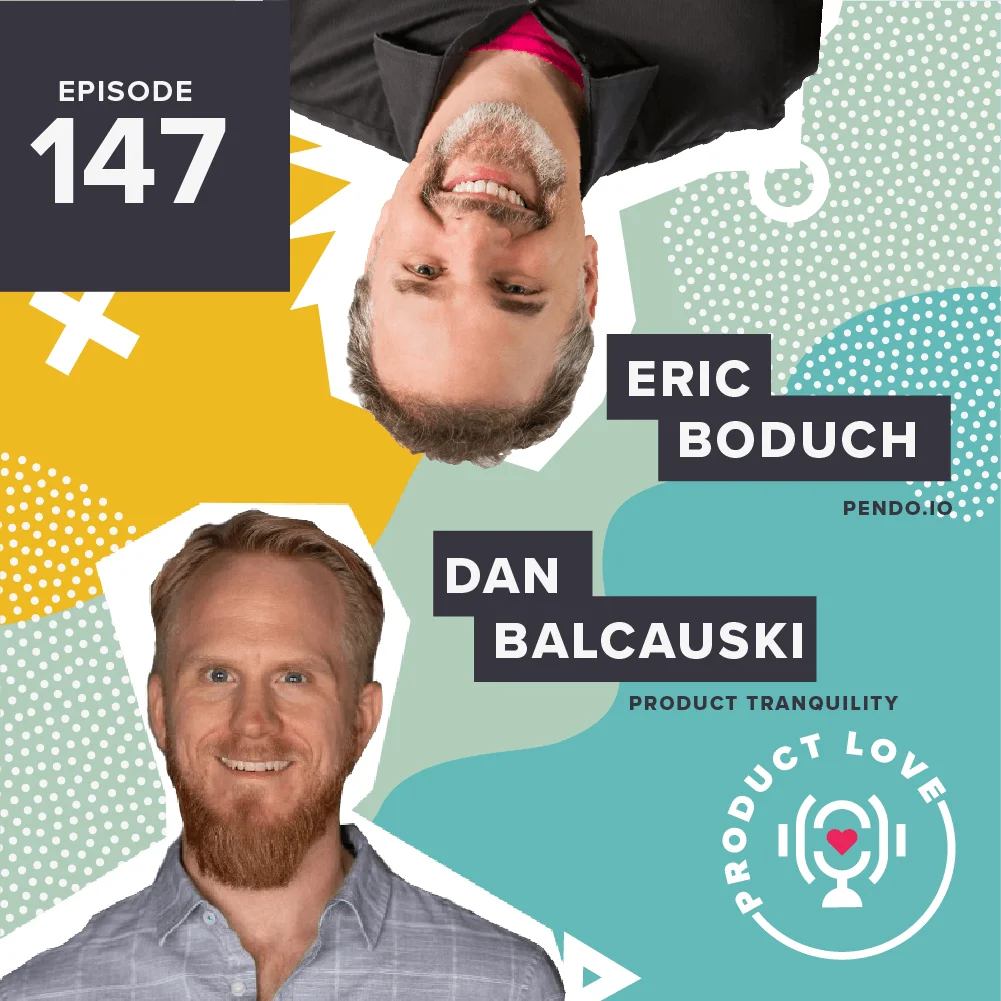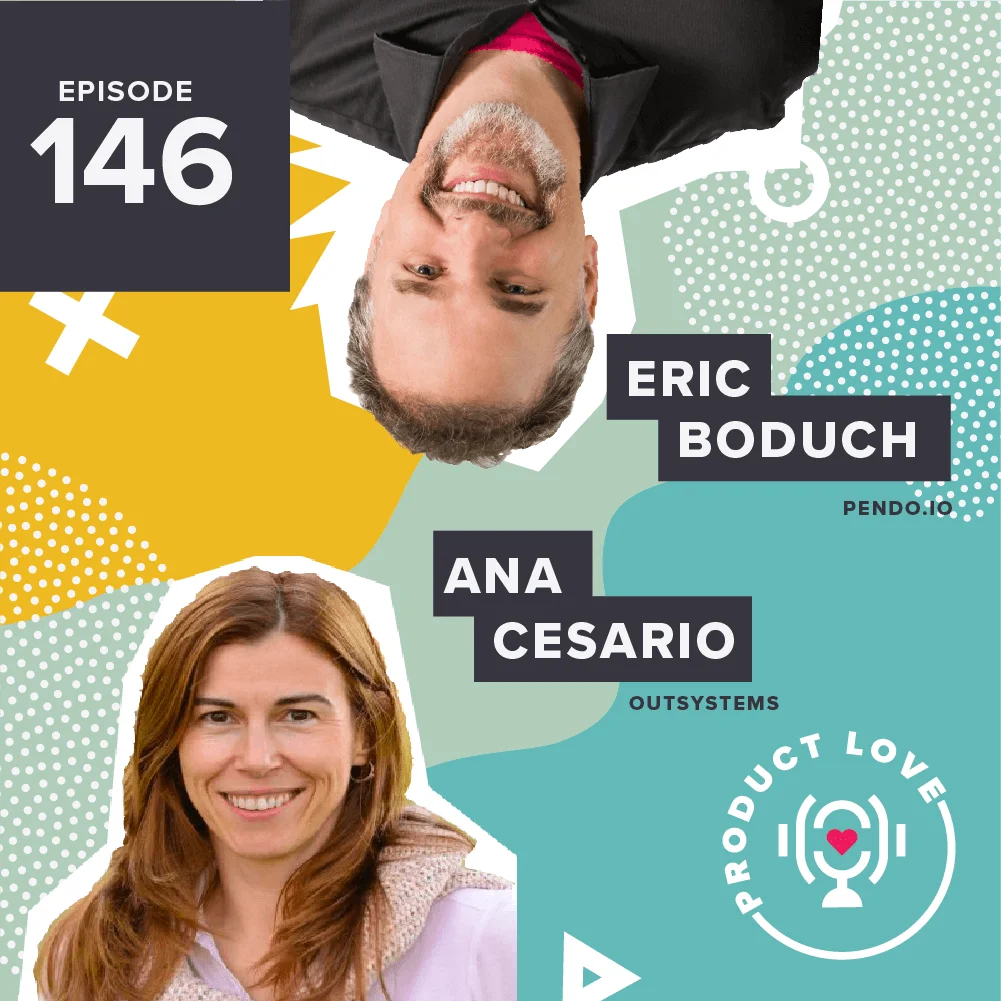This week on Product Love, I sat down next to Kandis O’Brien, co-founder of The SIX. The SIX is a product consultancy firm, made up of six women. Unlike traditional management consultancy, which was far too slow-paced for Kandis, The SIX is an innovation and strategy consultancy that helps leaders and their teams solve complex business problems in one week or less.
They’re able to run a five-day design sprint to get teams aligned and working on a high-fidelity prototype. Another important aspect of The Six was that it allowed Kandis to open up opportunities for women of color. She was able to staff them, provide them with mentorship, and more.
Before Kandis was at The Six, she worked as a management consultant. Nowadays, she helps solve product and design issues for enterprises. Her first exposure to the principles and practices of product management was at a global CPG firm, where she was responsible for creating physical products.
Vision Sprints
Kandis often conducted vision sprints for teams. A goal of a vision sprint is to help companies figure out their North Stars, and they were usually conducted similarly to design sprints. They used the elements of design sprints to help teams uncover friction points. Ultimately, it helps teams align on strategic vision, their operating plans, and their product roadmap.
After the team identifies the right problems to solve, they move into the roadmap phase. This involves asking the team if they could take any JIRA ticket, and if the ticket tied to the business objectives or the vision. If it didn’t, it could be reprioritized or moved out of the backlog. It was a constant test on what belonged to the vision and what didn’t.
Design Thinking
Kandis also discussed the importance of design thinking and the rise of designers. She shared that there was a perception that designers only cared about the user experience and not business objectives. However, her argument was that, good designers are actually focused on both business and customer objectives.
There’s also a lot of ambiguity around designers in general. There are product designers, UI designers, visual designers, and even UX researchers that could follow under the “designer” umbrella. Instead, companies should opt to define them better and let them add value to the business.
Lastly, we touched on design sprints. I asked Kandis what teams tend to get wrong about design sprints, and she answered that it was typically the idea that they need to use sprints for everything. A good design sprint begins with a well-defined and important problem to solve. If the design team doesn’t know what the problem is, there has to be research and problem-framing done.
Tune in to the episode above to learn how to start your own vision sprint, and how you can be better at design sprints.




